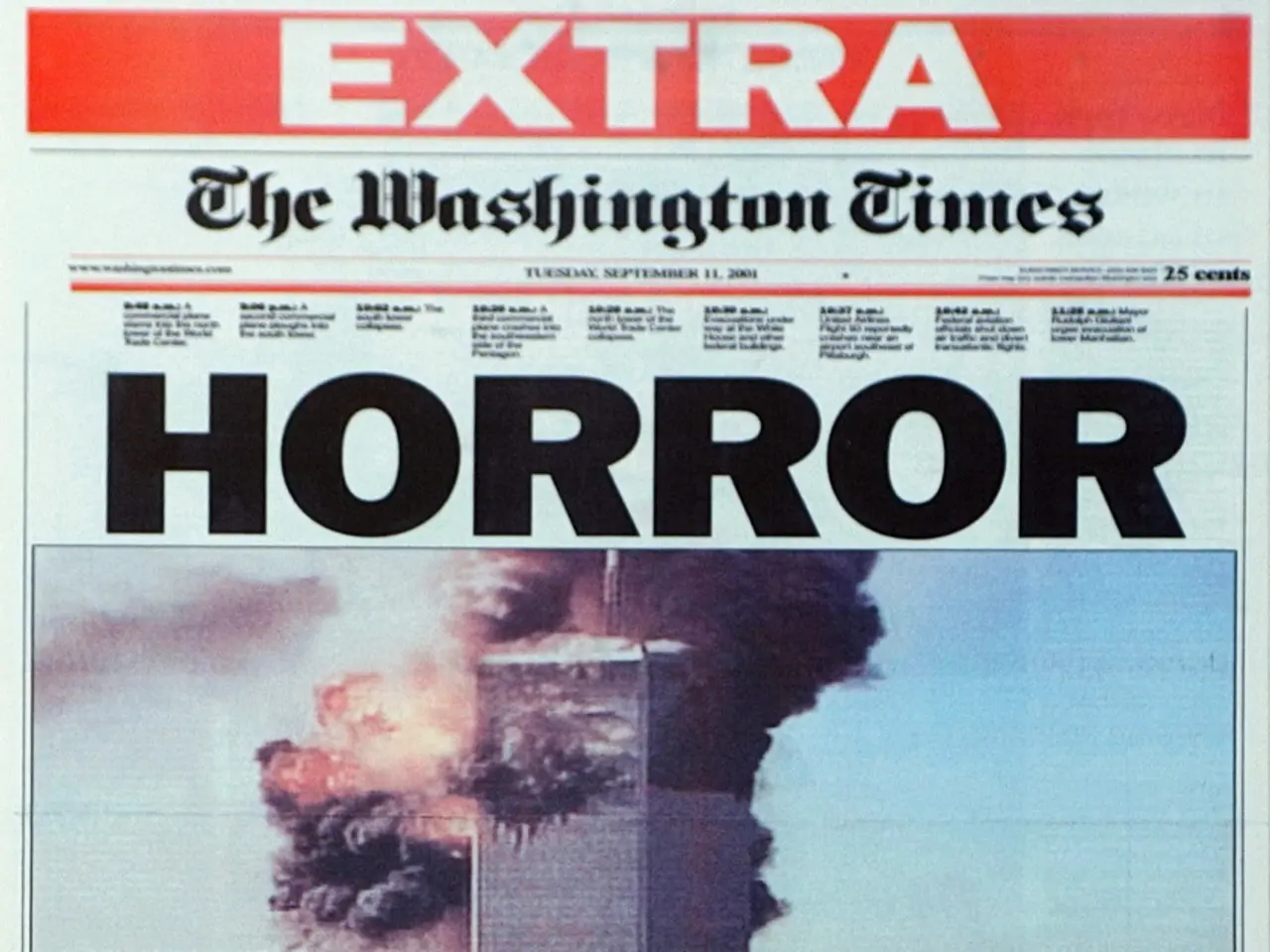Legyt Expresses Positive Outlook on AM Legislation, Upholds Importance of Regulatory Change
In the world of broadcast media, two significant developments are currently shaping the landscape. The AM Radio for Every Vehicle Act, initially proposed in 2023, continues to gather momentum, while FCC regulations under the Trump administration have brought about changes and challenges for broadcasters.
The AM Radio for Every Vehicle Act, which aims to mandate AM radio inclusion in new vehicles without additional costs, has garnered strong bipartisan support. With 238 co-sponsors in the House and 61 in the Senate, the bill is awaiting a decision, as of August 2025 [1][2][3][5]. The legislation seeks to address concerns raised by major car manufacturers over interference issues from electric vehicles, with sponsors arguing that the real reason for the proposed removal is cost-saving.
On the regulatory front, the Trump administration's policy of streamlining and cutting government spending has affected broadcast media. This has led to the dismantling of entities like Voice of America, defunding the Corporation for Public Broadcasting, and increased scrutiny of media operations by the FCC. Broadcast industry leaders express uncertainty about regulatory decisions given a politically divided and understaffed FCC [2].
One such regulatory proceeding is the "Delete, Delete, Delete" process, which involves comment and rulemaking related to broadcasters. This includes actions on compliance plans and consent decrees with TV stations over program length commercial violations, as well as enforcement on AM station licenses for unpaid fees. However, this proceeding does not appear directly linked to AM radio legislation [2][4].
The National Association of Broadcasters (NAB) has been vocal about the need for independence of local broadcast newsrooms from government oversight. They have filed a request with the FCC to address outdated rules and have put a filing in place in the "60 Minutes" news distortion proceeding to reaffirm the law as it relates to FCC actions regarding license renewals or station transfers [6].
The NAB also urges the FCC to eliminate restrictions that no longer have a public use or consumer benefit, such as burdensome EEO audits, public file upload requirements, AM technical mandates, and efficiency standards [7]. The fate of media ownership and other issues in the broadcast world will be determined by a shorthanded, politically divided FCC in the coming months.
Despite these challenges, the NAB remains optimistic about the AM Radio for Every Vehicle Act. Curtis LeGeyt, president and CEO of the NAB, feels confident that the House Energy and Commerce will consider the bill as soon as Congress is back in D.C. in the fall [8]. The bill enjoys a broad bipartisan consensus, with public support and the backing of community groups ranging from local emergency responders to the AARP and National Urban League [9].
The ongoing "Delete, Delete, Delete" proceeding by the FCC is another point of focus for the NAB, who advocates for modernization of the ownership restrictions affecting local radio stations to level the playing field for competition with tech platforms [10]. As the future of broadcast media unfolds, these developments promise to shape the landscape for years to come.
References: [1] Congressional Research Service [2] Broadcasting & Cable [3] National Association of Broadcasters [4] Federal Communications Commission [5] Congressional Monitor [6] National Association of Broadcasters [7] National Association of Broadcasters [8] Broadcasting & Cable [9] National Association of Broadcasters [10] National Association of Broadcasters
The AM Radio for Every Vehicle Act, with strong bipartisan support and public backing from community groups, is anticipated to be considered by the House Energy and Commerce once Congress returns to D.C., as stated by the NAB's CEO, Curtis LeGeyt [8]. Meanwhile, the ongoing "Delete, Delete, Delete" proceeding by the FCC is a focus for the NAB, advocating for modernization of ownership restrictions affecting local radio stations to create fair competition with tech platforms [10]. Aiming to address concerns over interference issues from electric vehicles, the Act seeks to mandate AM radio inclusion in new vehicles without additional costs [3].




